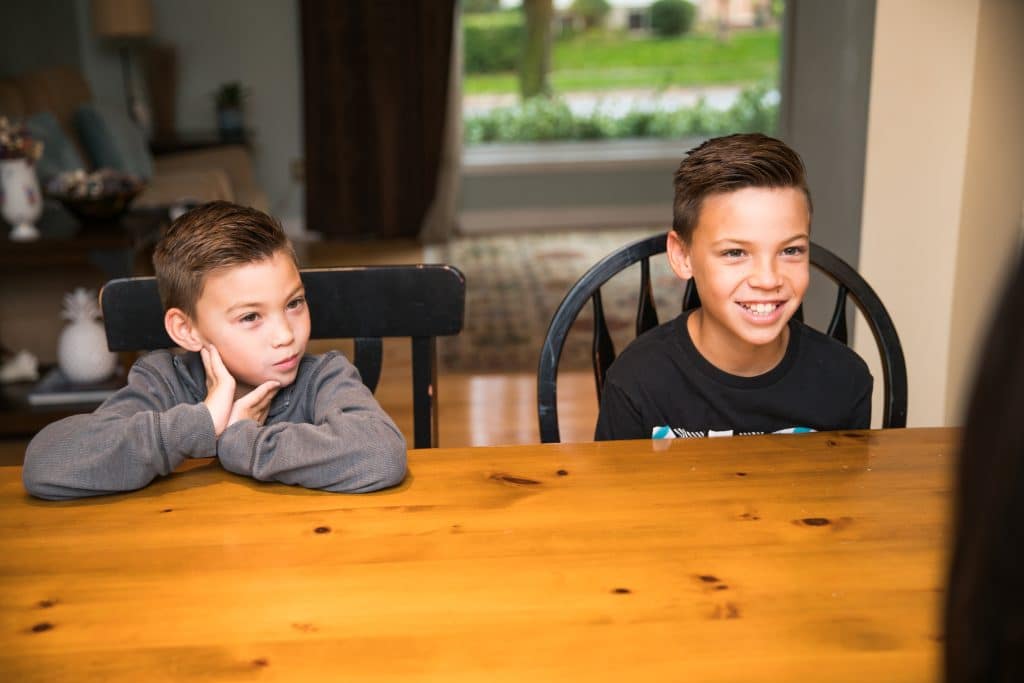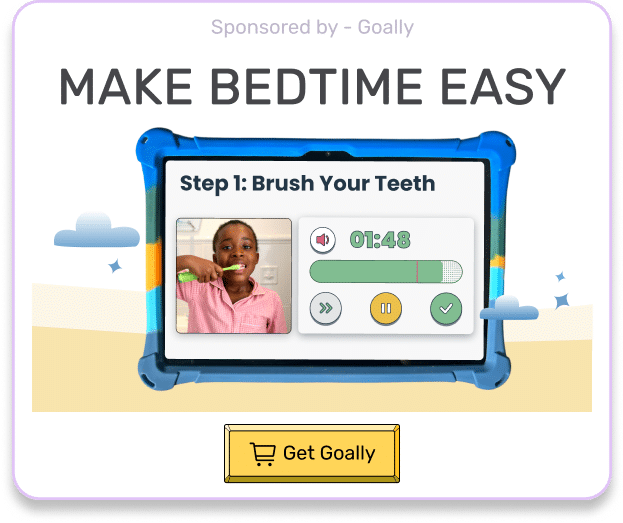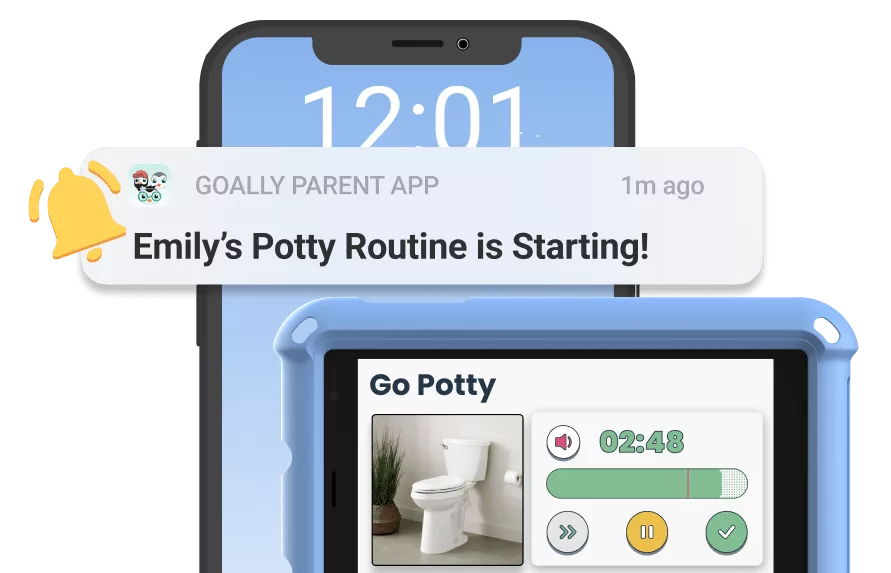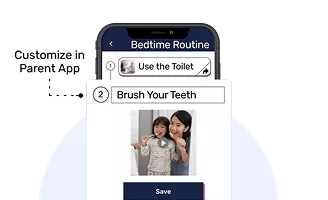You’ve probably come across the term negative reinforcement before, but do you know what it really means and how it can help you support your neurodivergent kids or kids with thinking and learning differences? Fear not; we’re here to help. In this guide, we’ll explore five examples of negative reinforcement and show you how to apply them effectively in your daily parenting life. And don’t worry, we’ve made sure to keep it simple and conversational, perfect for a quick and easy read.
Table of Contents
1. Silencing a loud alarm
Picture your child struggling to wake up in the morning and get ready for school. You decide to set a loud alarm to encourage them to get out of bed. Once they’re up and starting their morning routine, the annoying sound stops. In this case, the removal of the unpleasant stimulus (the alarm) reinforces the desired behavior (getting out of bed). It’s a simple yet effective way to help your child establish a healthy morning routine, which is essential for their overall well-being.
2. Removing chores as a reward
Now, let’s talk about chores. If your child has been consistently completing their homework on time and maintaining good grades, you should reinforce this positive behavior. How about removing one of their weekly chores as a reward? The removal of the chore serves as a negative reinforcement, making it more likely that your child will continue to excel academically.

| Pro tip: | Be consistent with the reward system and ensure that the removed chore is meaningful to your child. |
|---|
3. Ending a time-out
Time-outs can be an effective form of negative reinforcement when used correctly. For instance, if your child exhibits undesirable behavior, such as throwing a tantrum, you can place them in a time-out. Once they’ve calmed down and demonstrated appropriate behavior, the time-out ends. The removal of the time-out reinforces the desired behavior (calmness) and helps your child understand the consequences of their actions. Goally’s learning tablet can be a great tool to help kids manage their emotions and behaviors during time-outs.

Read more: Blank Reward Chart
4. Reducing screen time restrictions
Many kids love spending time on electronic devices, but too much screen time can interfere with other important activities. To encourage a healthy balance, set daily screen time limits. If your child consistently follows the rules and engages in other activities, you can reward them by reducing the screen time restrictions. This negative reinforcement helps reinforce the importance of balancing screen time with other pursuits. Plus, Goally’s apps can help you monitor and manage your child’s screen time effectively.
- Remember: Always monitor your child’s screen time and ensure they’re engaging in age-appropriate content.
5. Removing a curfew
As your child grows older and demonstrates responsibility, you may decide to remove or extend their curfew. This negative reinforcement shows your child that you trust them and recognize their maturity. By removing the curfew, you’re reinforcing their responsible behavior and encouraging them to continue making good choices.
Goally | Apps To Support Child Development
Looking for fun ways to help your child learn life skills? Try Goally! The Goally tablet comes with award-winning learning apps and video classes to help kids develop the skills they need to become independent with FUN & evidence-based practices.

Our apps teach executive function, language, emotional regulation, finger dexterity skills, and more.
As your child develops new skills, you can increase the difficulty level of the tasks in the app to challenge and motivate them even further. This helps your child grow and progress at their own pace, while also keeping them engaged and excited about their development.

So there you have it, five examples of negative reinforcement that can be valuable tools for parents of neurodivergent kids or kids with thinking and learning differences. By effectively applying these strategies, you can support your child’s growth and development while fostering a positive and nurturing environment. Remember to be consistent, patient, and understanding as you navigate the world of parenting. And don’t forget, Goally is here to help you every step of the way!
This post was originally published on 05/04/2023. It was updated on 07/11/2023.

Goally
We help parents teach their kids life skills, like doing bedtime and morning independently. Backed by science, we incorporate evidence-based practices and expert-informed designs in all of our apps and content.





